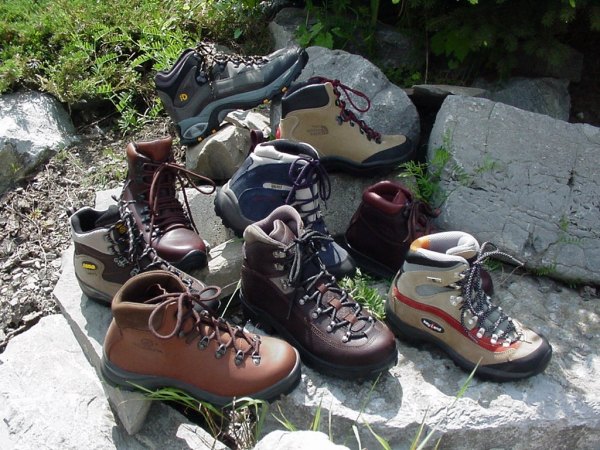
When I was younger hand-me-downs was the thing to do for hunting apparel. Though it worked for many things, my hunting boots were never right. I would complain and complain until I would finally get a new pair and then quickly grow out of them, which never helped. Having small boots cuts off blood circulation causing your feet to get colder faster and you do not have the ability to warm them up. After many years of using small boots, I now have troubles keeping my feet warm even for a little bit when I’m sitting in the stand. Now, I always buy my boots big enough so I could fit a pair of wool socks in them. They may be a little big when I only wear a smaller sock but it is a lot better than having anymore damage done to my feet. This rule can apply to any outdoors activity because you never know what you will be getting into. There are many differences between hiking and hunting boots though. You should think about the activity you will most likely be doing in these boots before you go out to buy a pair. Depending on the activity you will be doing will determine the amount of support you will need. If you are planning on going on a backpacking trip, you will most likely need a boot that has greater support.
Choosing the type of material you want your boots to be can determine the type of activity. You most of the time want a boot that will be waterproof to an extent. Having a fabric that does not resist water in any way may be a bad idea because you never know what you may run in to. Usually leather is the most durable type of boot. Leather can be used in high terrain environments and the new technology used today can make a leather boot not as heavy and weighted down as before.
Breaking in your boots before a big hike will allow your feet to get used to the boots and your boots will start to get worked in to match your foot style. Leather conditioner can soften any pressure points you may find when working your boots in.

 Your Privacy Choices
Your Privacy Choices
 The
The